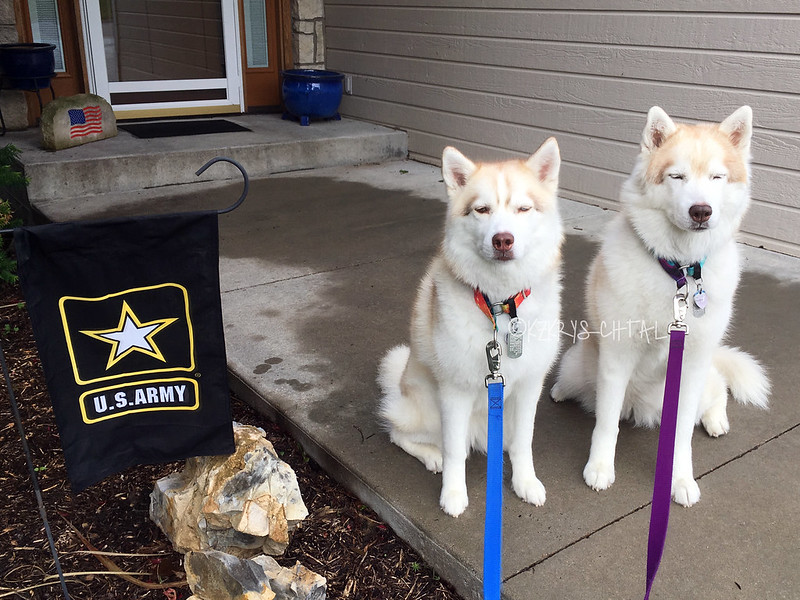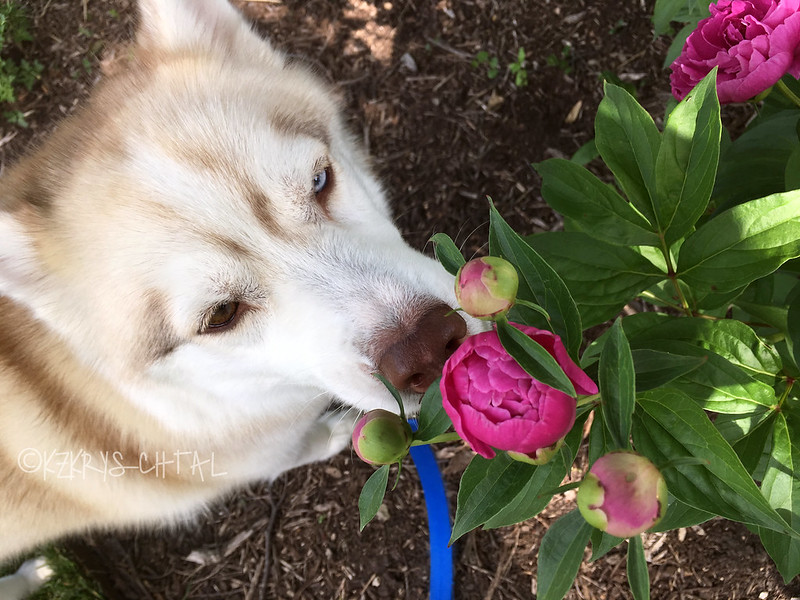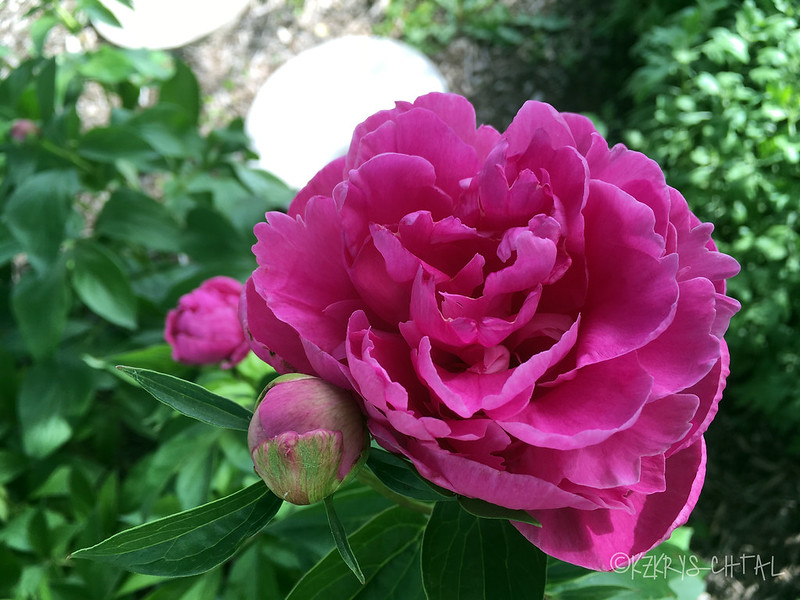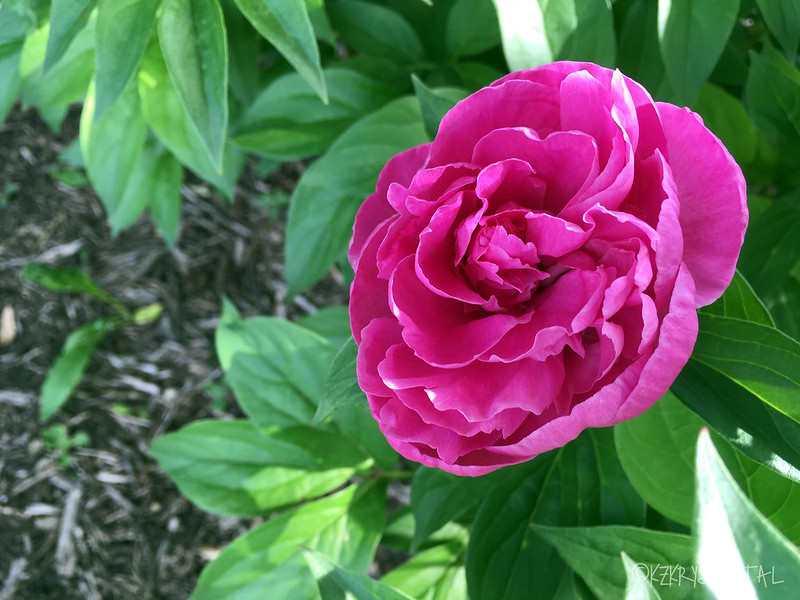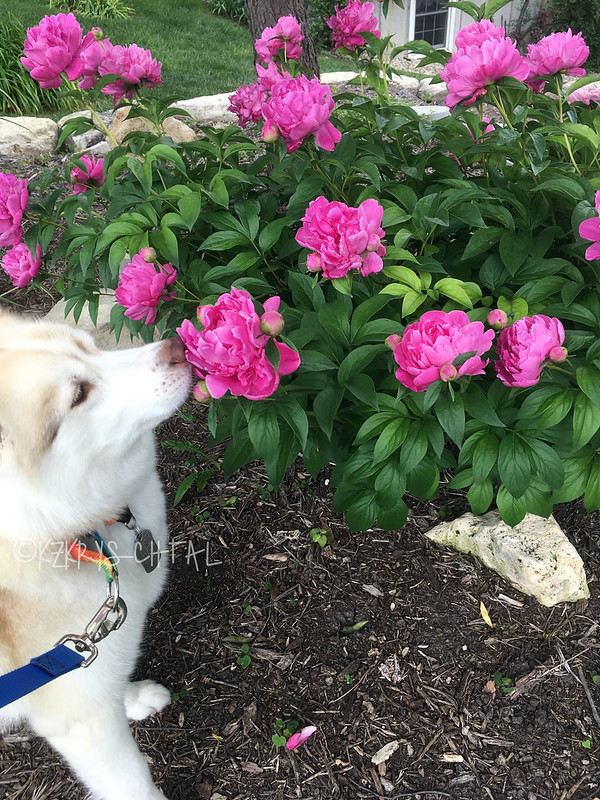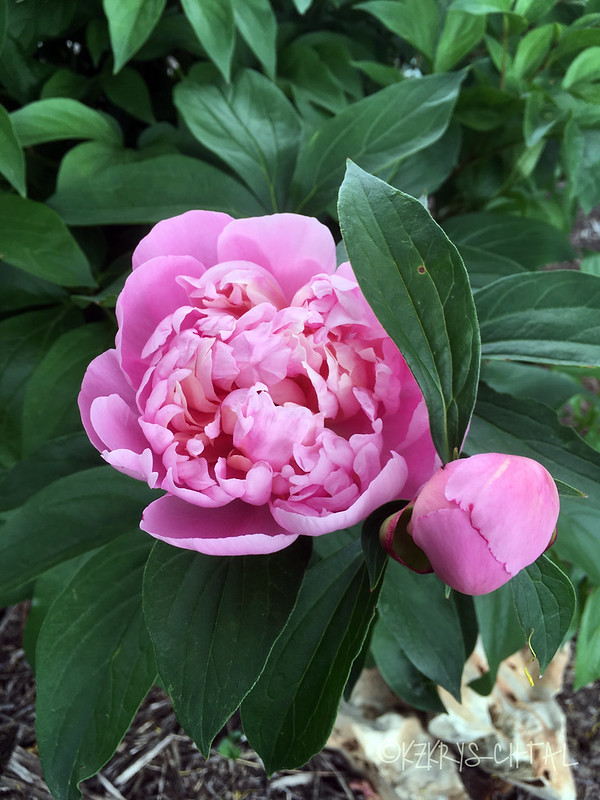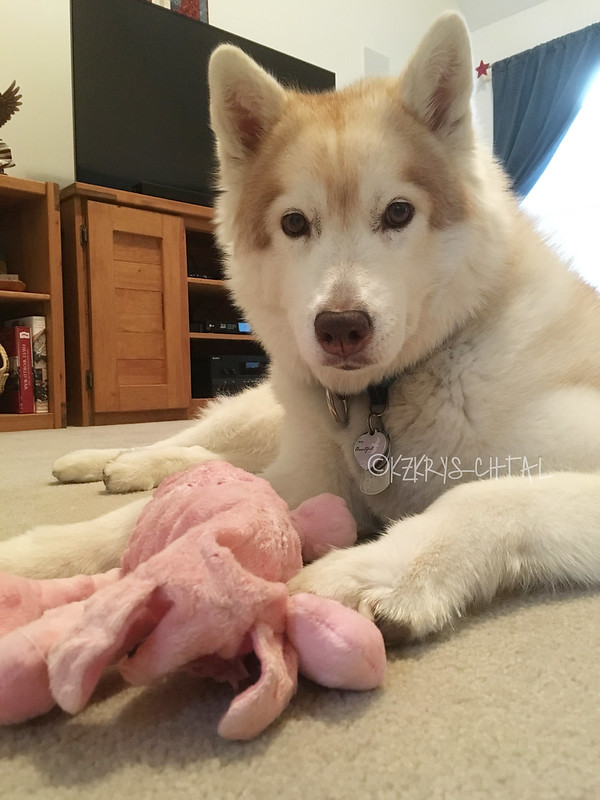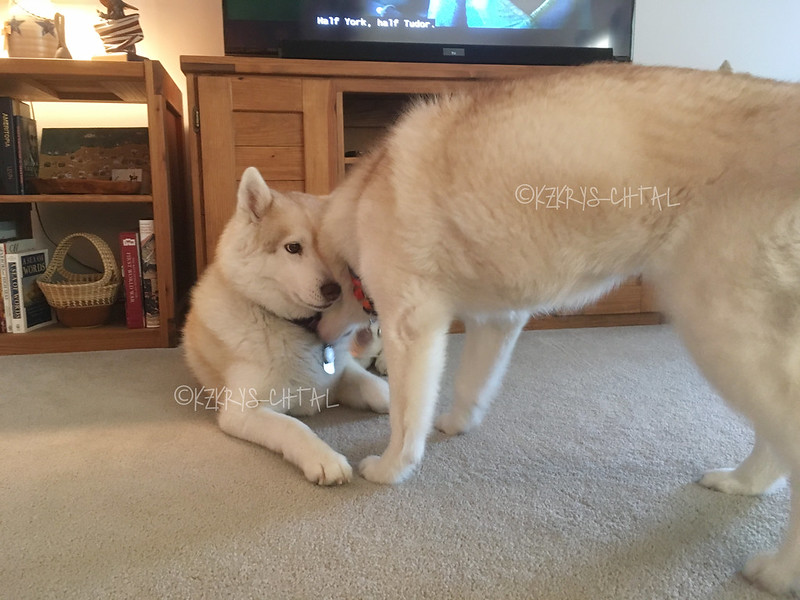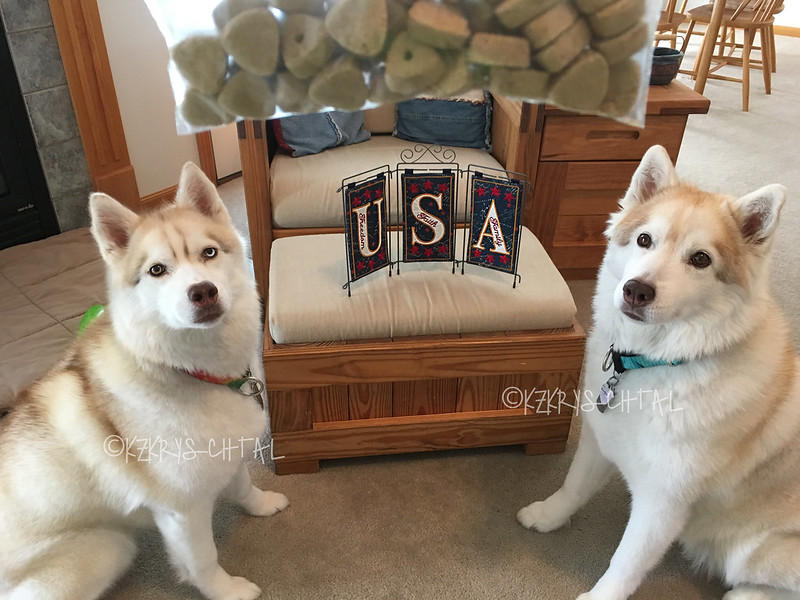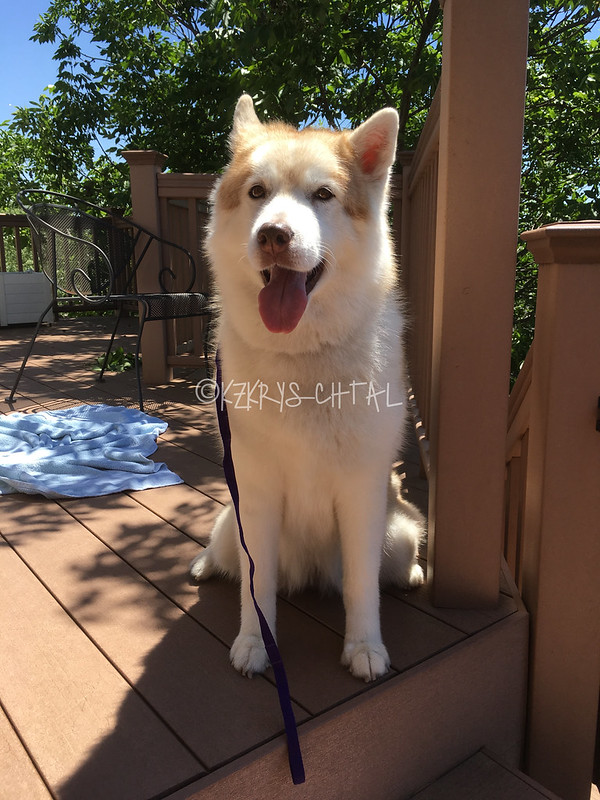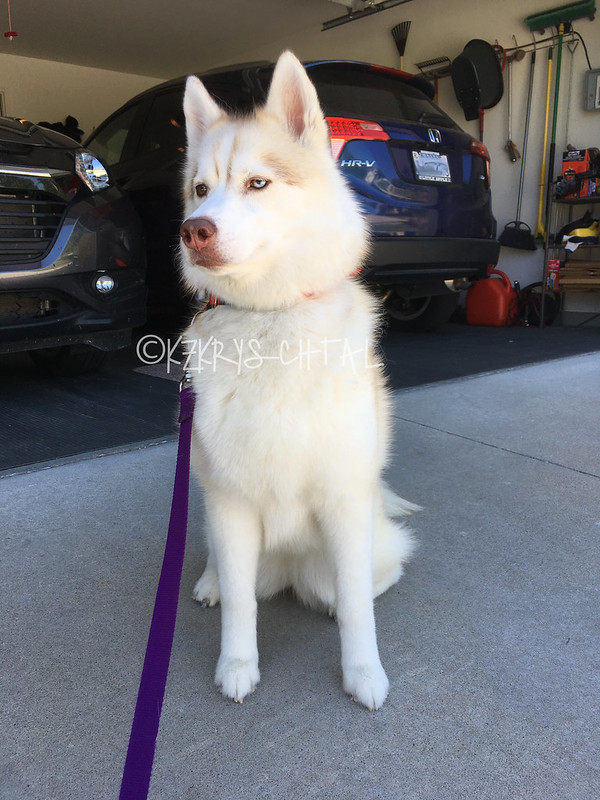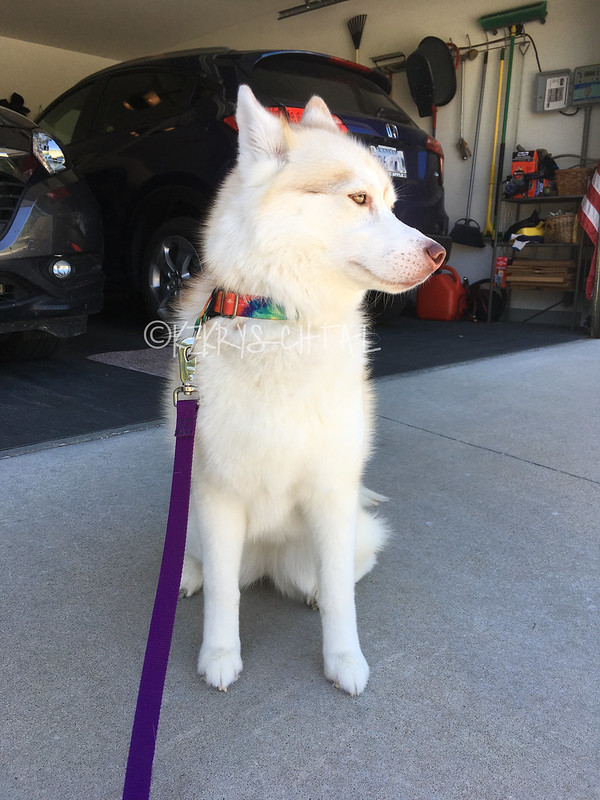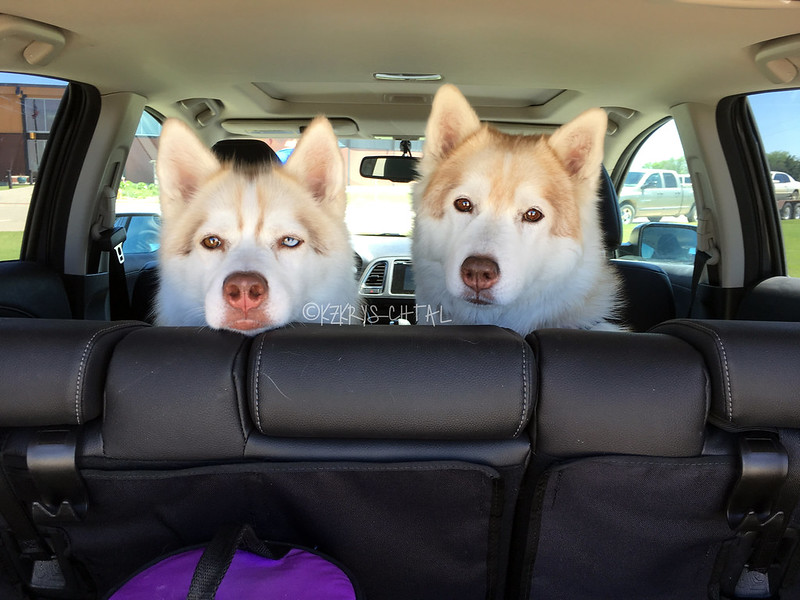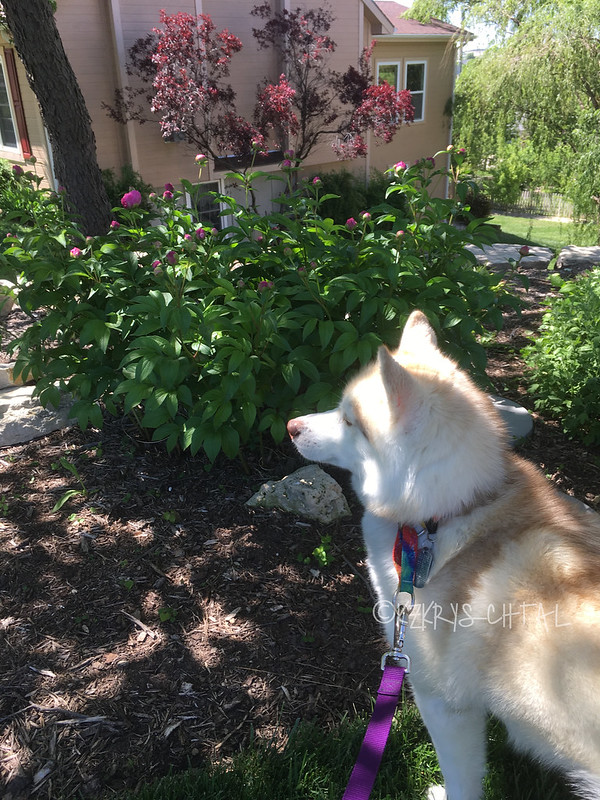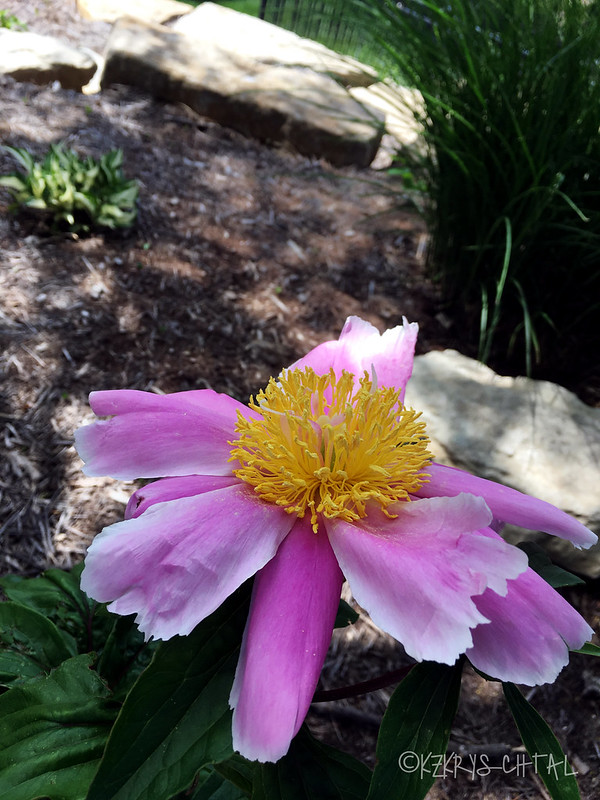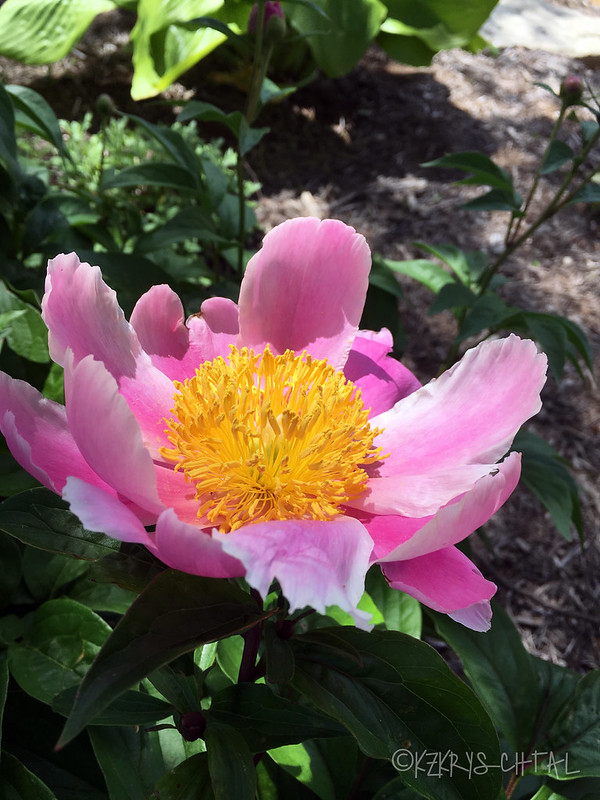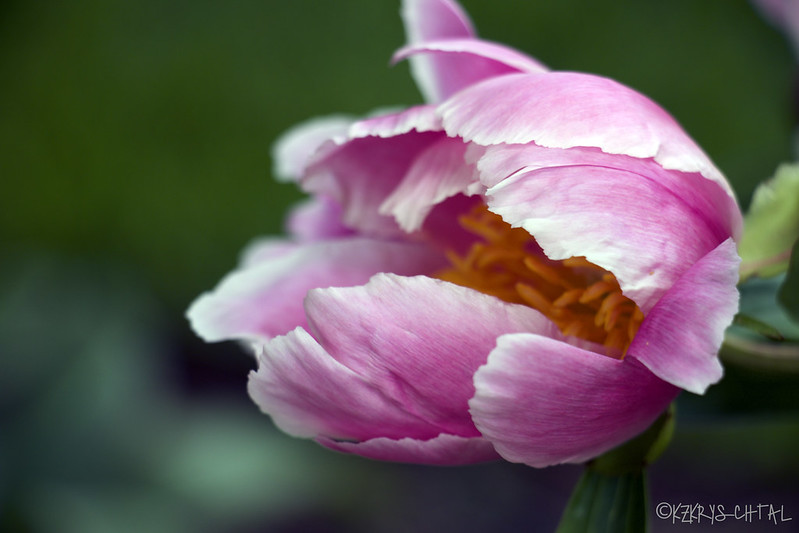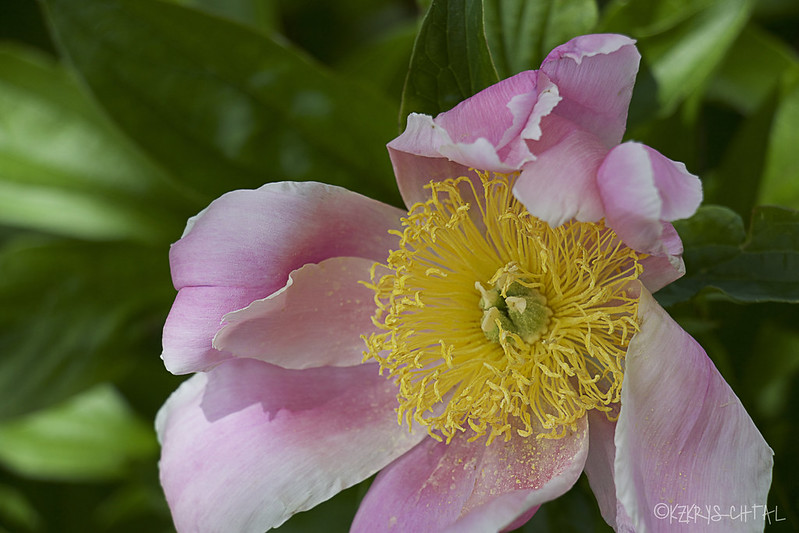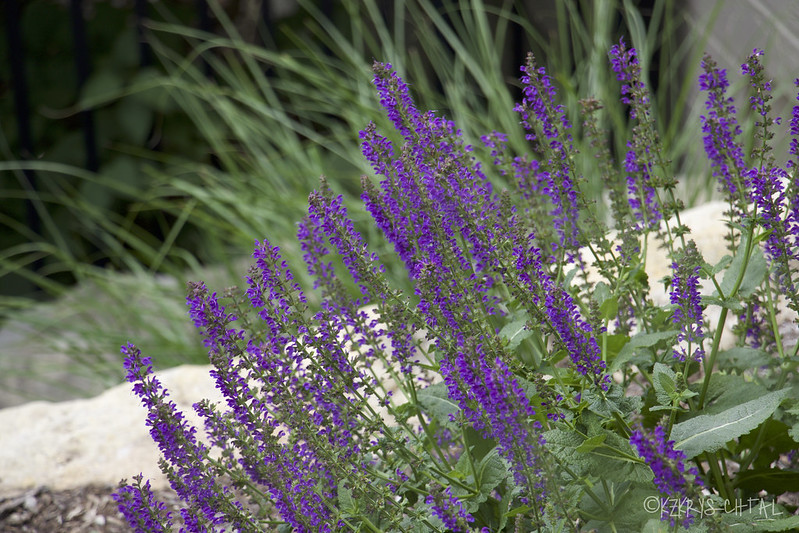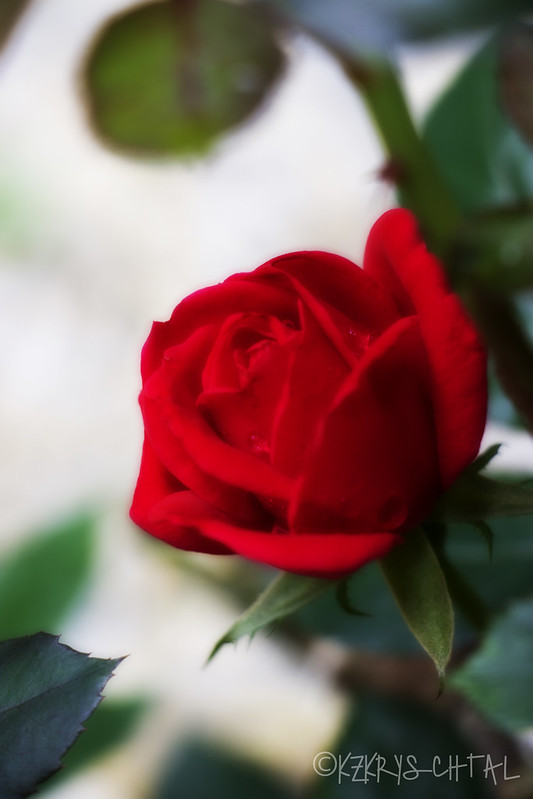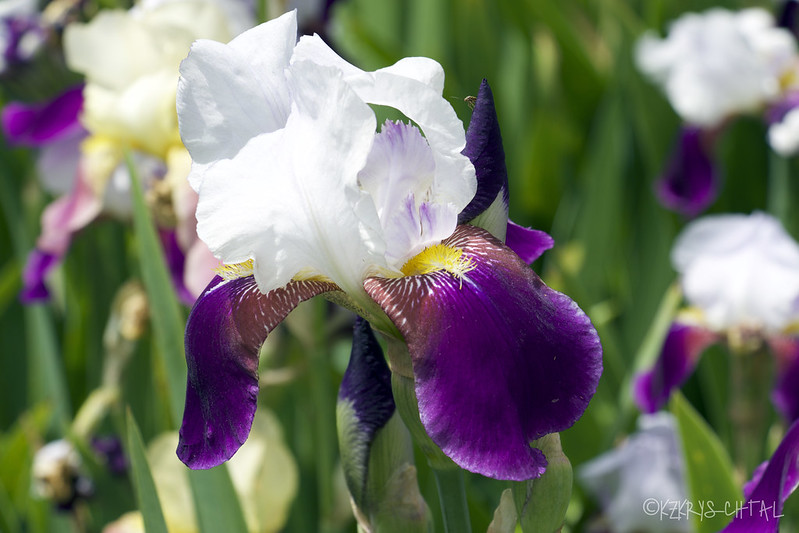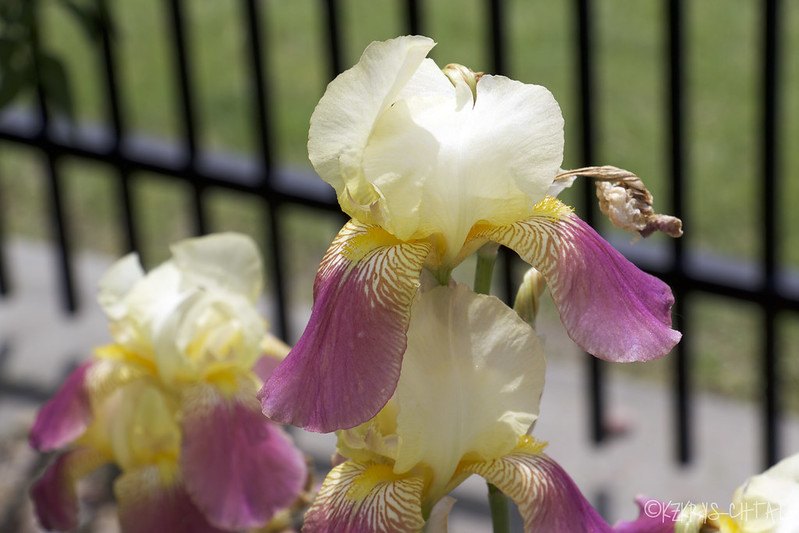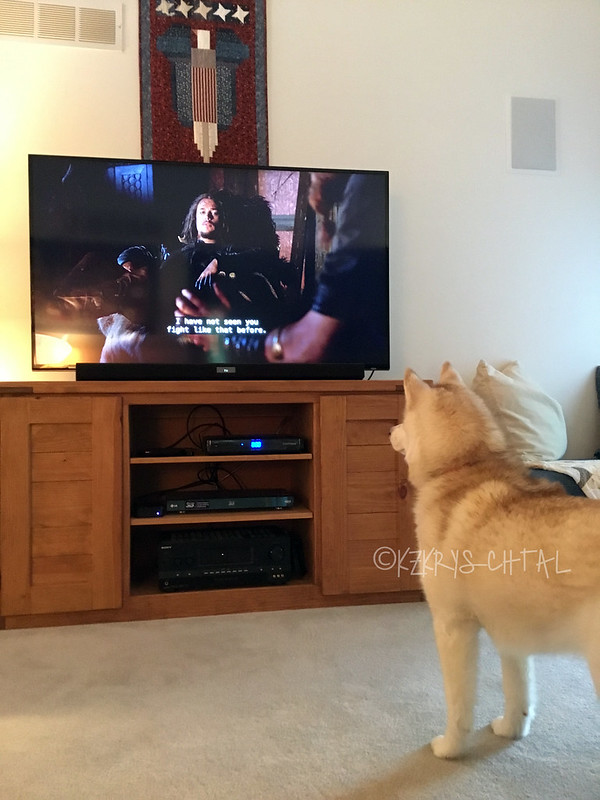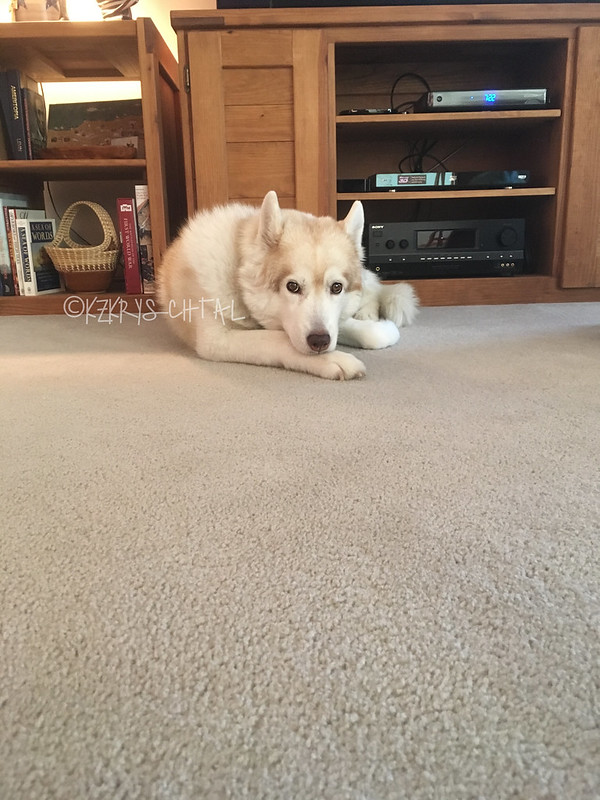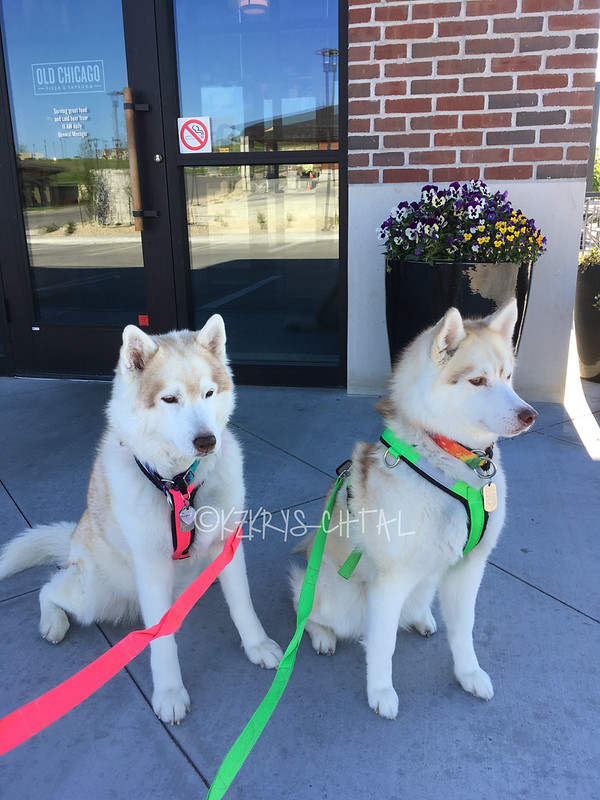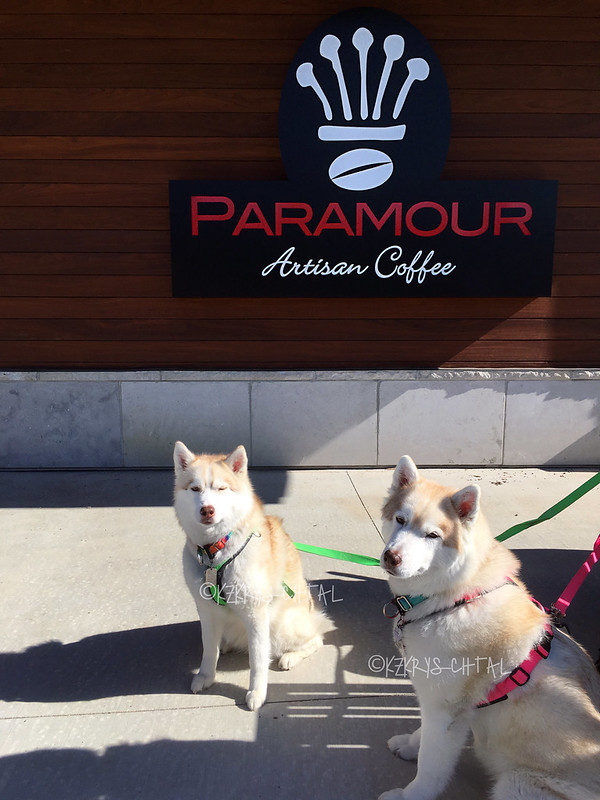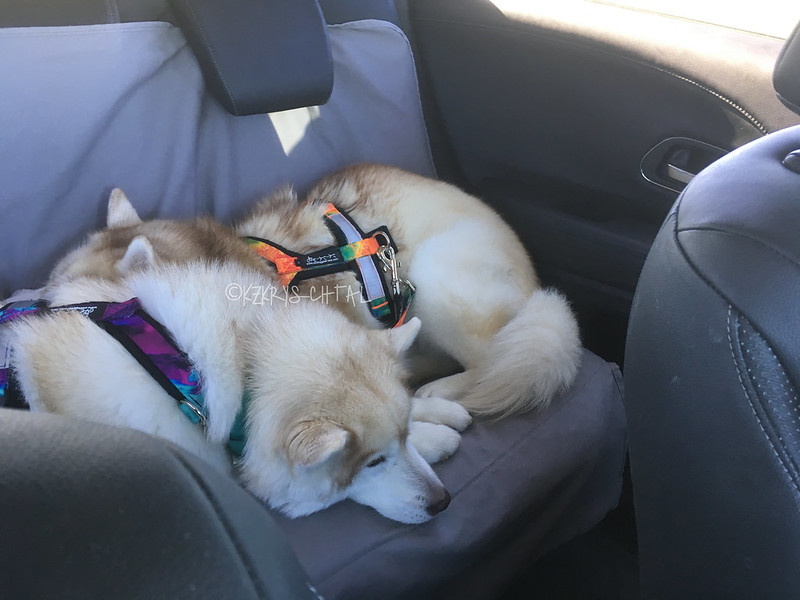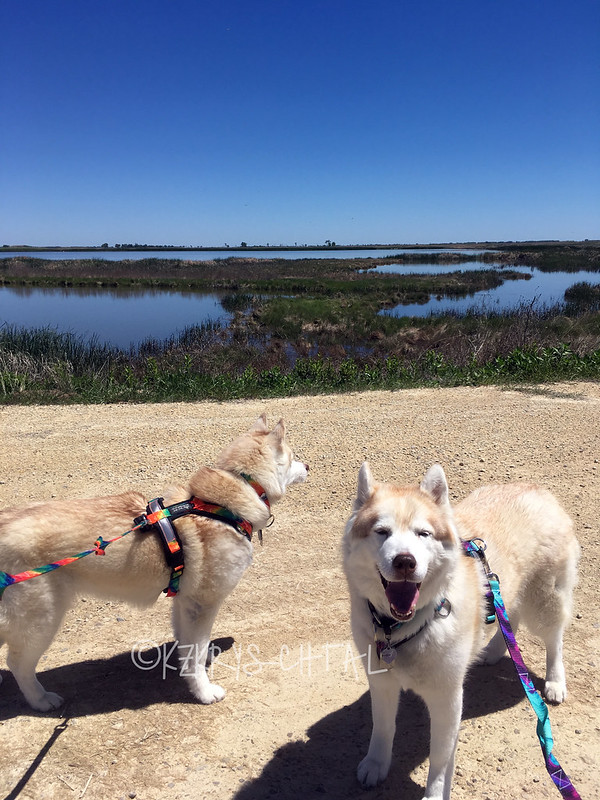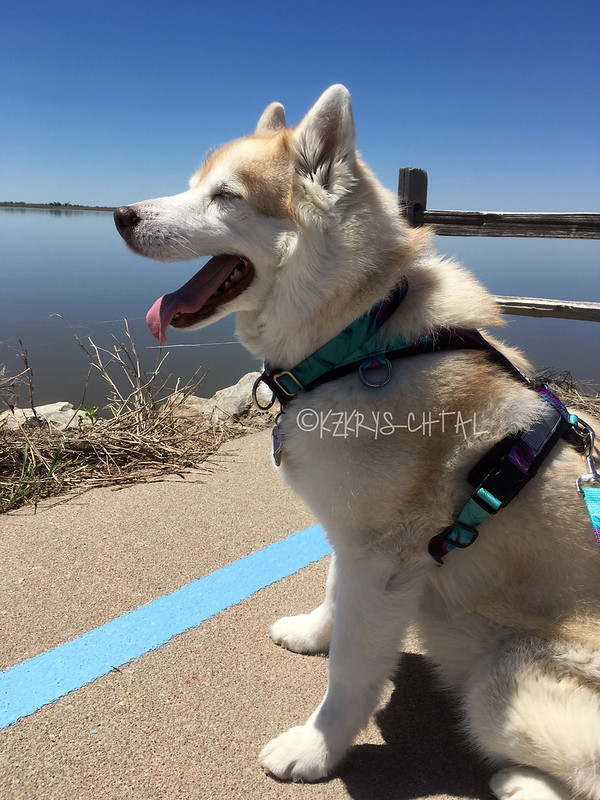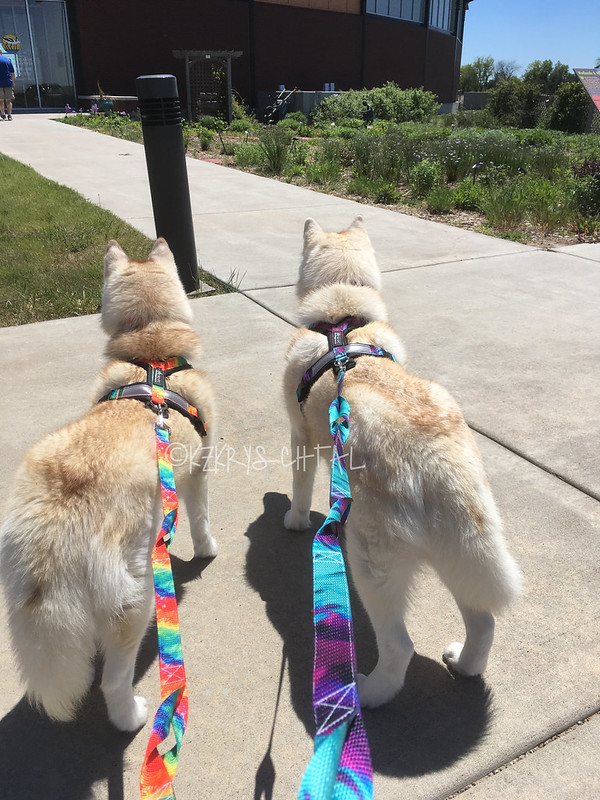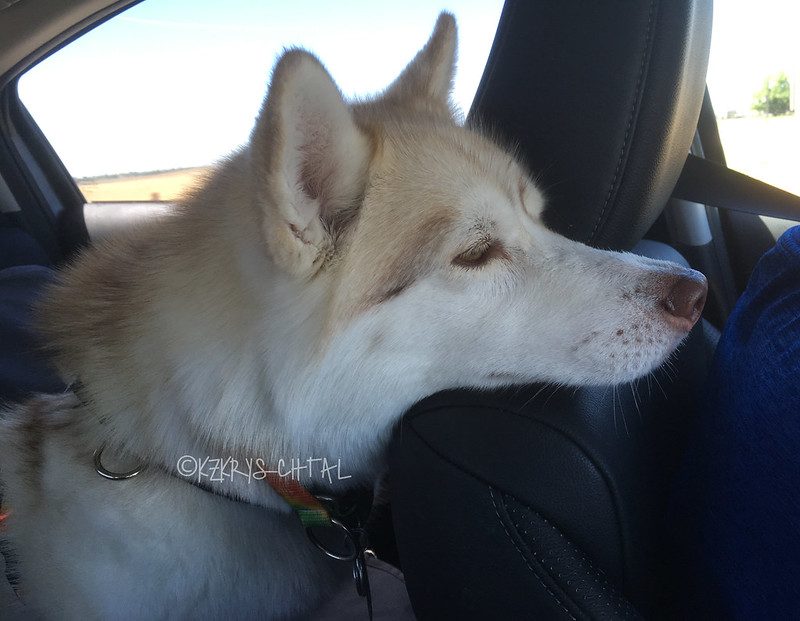... or at least the photos of them. And the other birds. Anyway ...
Greetings to all! It's me, Mags. Today, we finally have Mom's birdie pix from our
outing on Saturday. Are you ready to head down to Quivira National Wildlife Refuge? Let's cut with the chit-chat and
go!
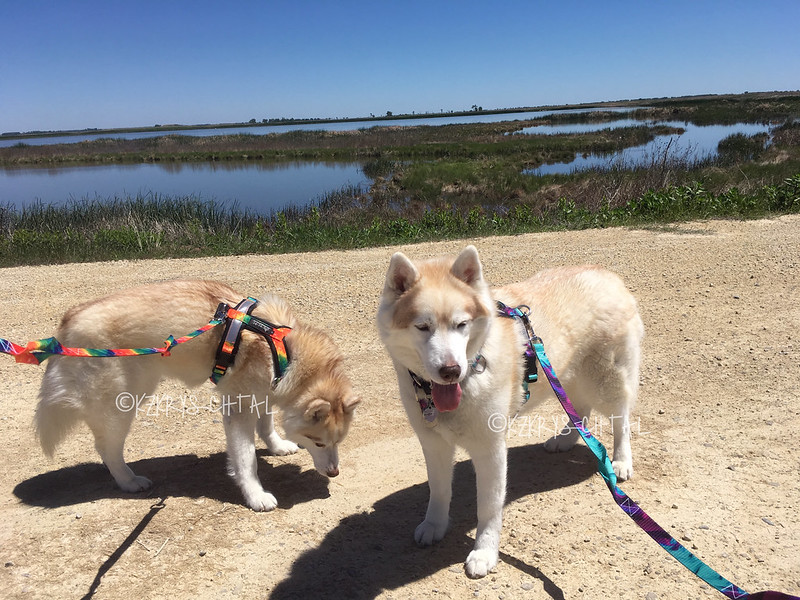 |
| Me and Cam at Quivira, checking out the scene! |
OK, I wasn't really looking for birdies, I was quite possibly looking for something to snarf. That didn't really pay off. We did see tons of birdies, though!
One of the most abundant kinds of birds we saw were Blackbirds!
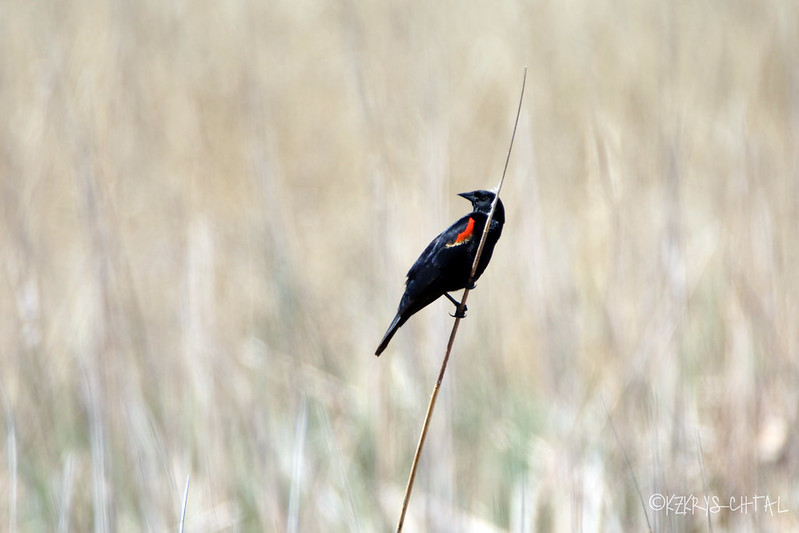 |
| Red-Winged Blackbird |
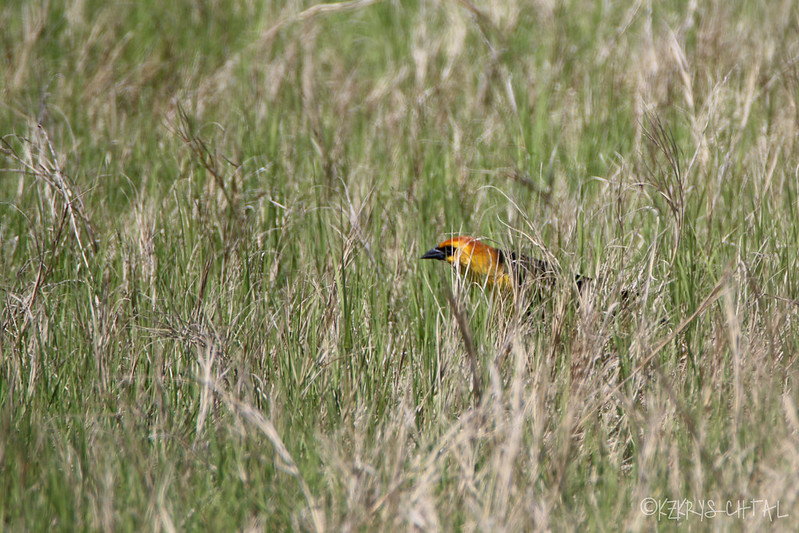 |
| Yellow-Headed Blackbird, trying to hide from Mom |
There were quite a few species of ducks there, to include Mom's favorite - the Northern Shoveler. Here's one hanging out with some friends:
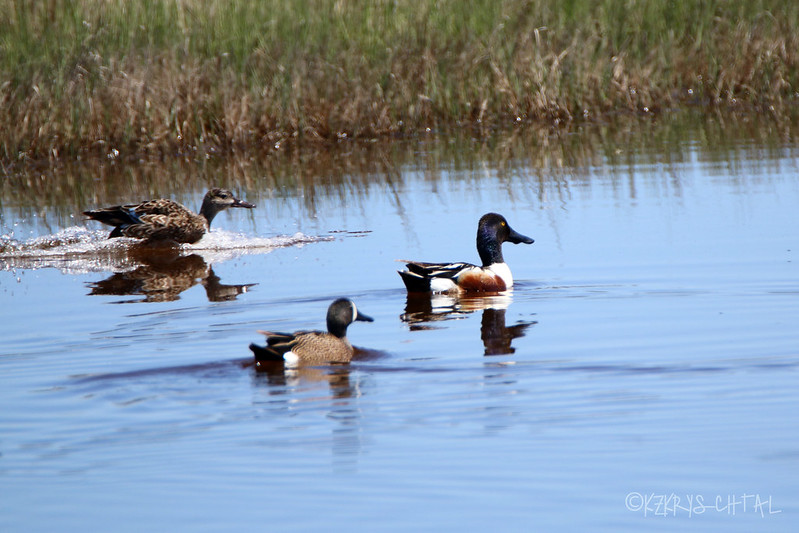 |
| Left to right, female and male Blue-Winged Teal and a male Northern Shoveler |
I'm fairly certain the female Blue-Winged Teal was practicing her
aircraft carrier landings!
Here's a very small duck:
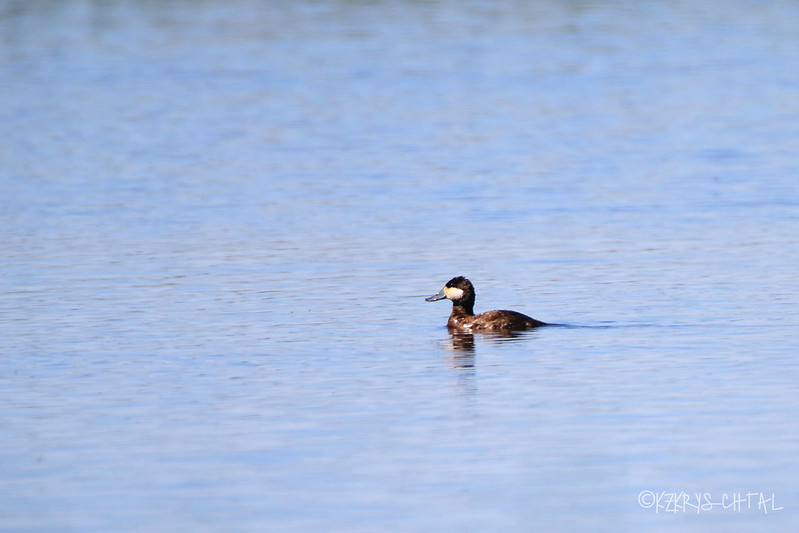 |
| Male Ruddy Duck |
We also saw lots of Egrets! On the way down, Mom saw some Cattle Egrets in a field with some cattle! For some reason, she didn't get any photos. Something about Dad not thinking it's real safe to pull over when he's doing 75mph down the highway. Whatever. At Quivira, we saw a few
Snowy Egrets and plenty of Great Egrets:
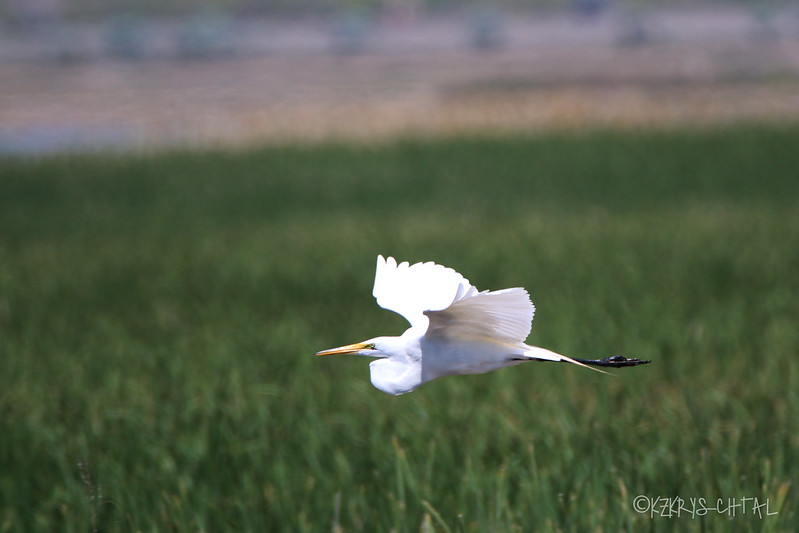 |
| Great Egret in flight |
Aren't his wings beautiful? Let's have a good look at those babies:
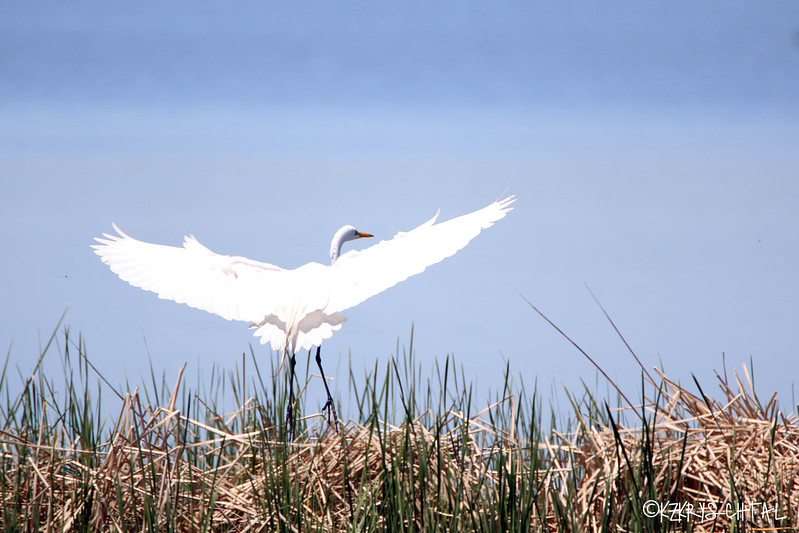 |
| Great Egret - wingspan of 51 inches! |
With an even larger wingspan of 72 inches, we give you the Great Blue Heron:
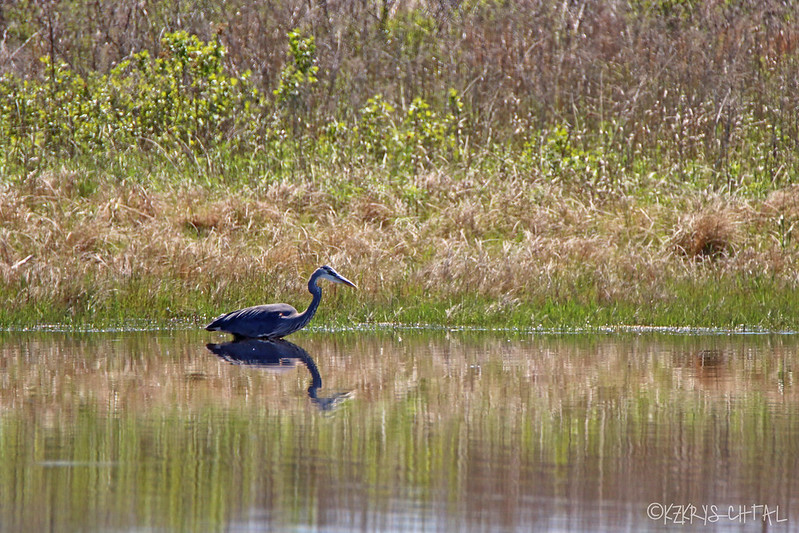 |
| Great Blue Heron doing some fishing |
We also saw another kind of heron!
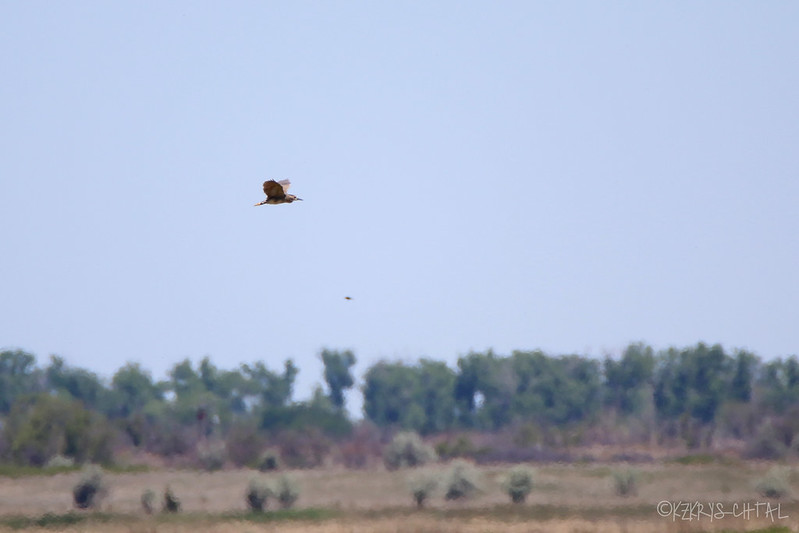 |
| Immature Black-Crowned Night Heron |
I'm not sure why Mom said he was immature -- maybe he was cracking goofy jokes or something. Ha roo roo r---yeah, OK, back to the birds!
In the smaller birdies arena we have ...
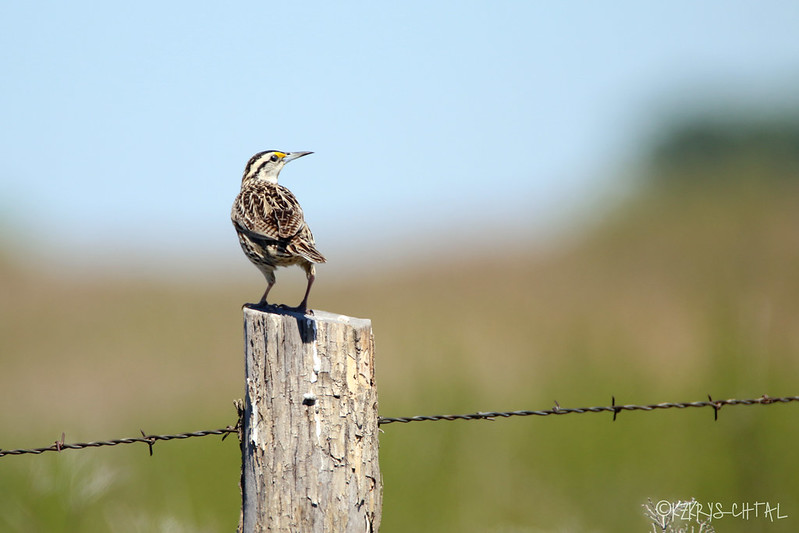 |
| Eastern Meadowlark |
... and ...
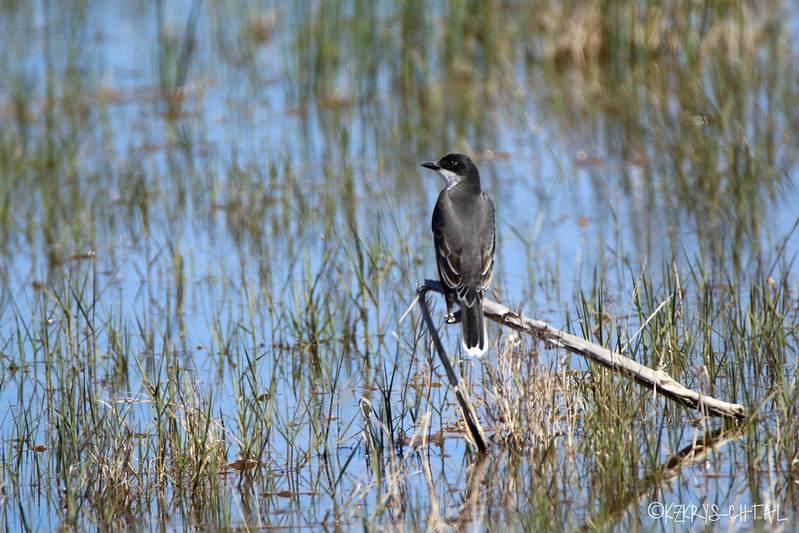 |
| Eastern Kingbird |
Back to larger birds ... Mom is always thrilled to see these guys:
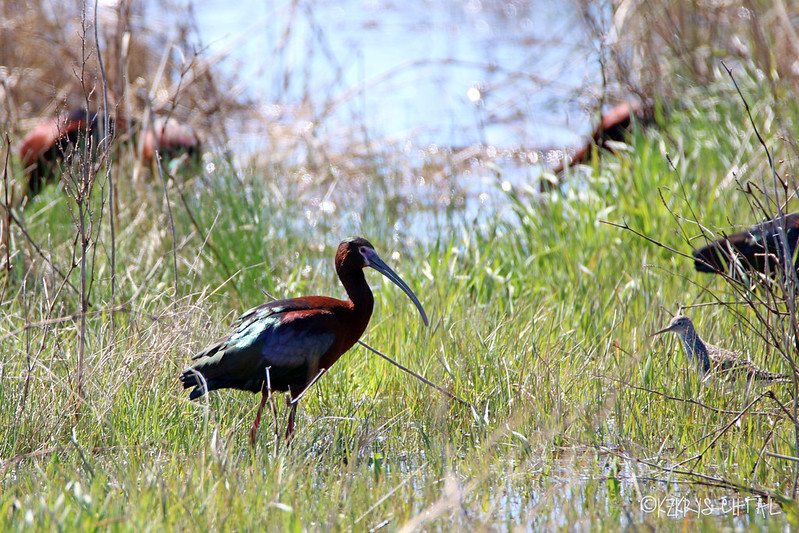 |
| White-Faced Ibis, with a Lesser Yellowlegs photo-bombing (at right) |
Mom didn't even see the Yellowlegs at first. Some of these birdies have amazing camouflage!
We also saw Kansas' largest bird:
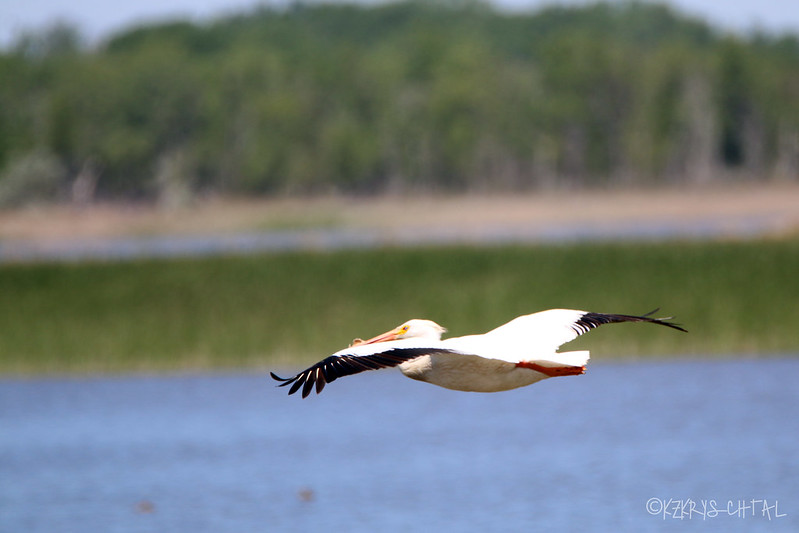 |
| American White Pelican |
They have a wingspan of 108 inches! Wowzers!
We appreciate your kind comments on the
video we shared yesterday of the Phalarope and Stilt -- and thought you might like to see some still shots today!
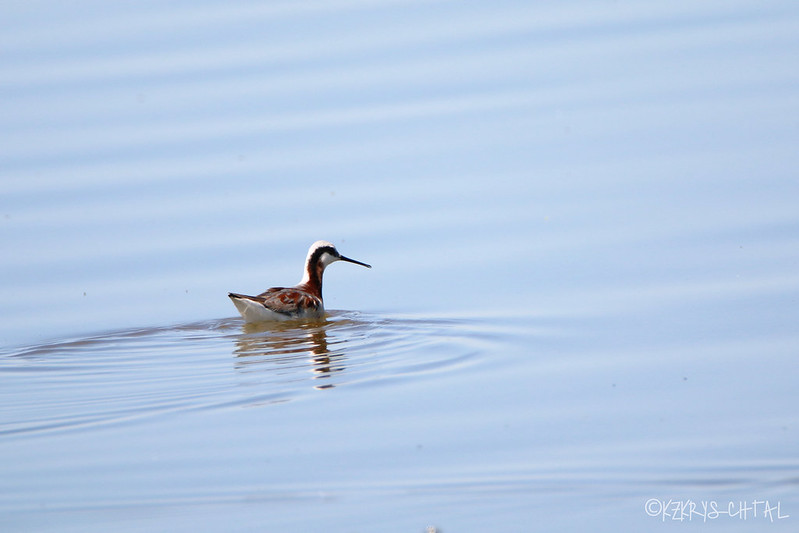 |
| Wilson's Phalarope |
Unlike most other birds, the female Wilson's Phalarope (above) is the more colorful of the species! Here are a male and female together:
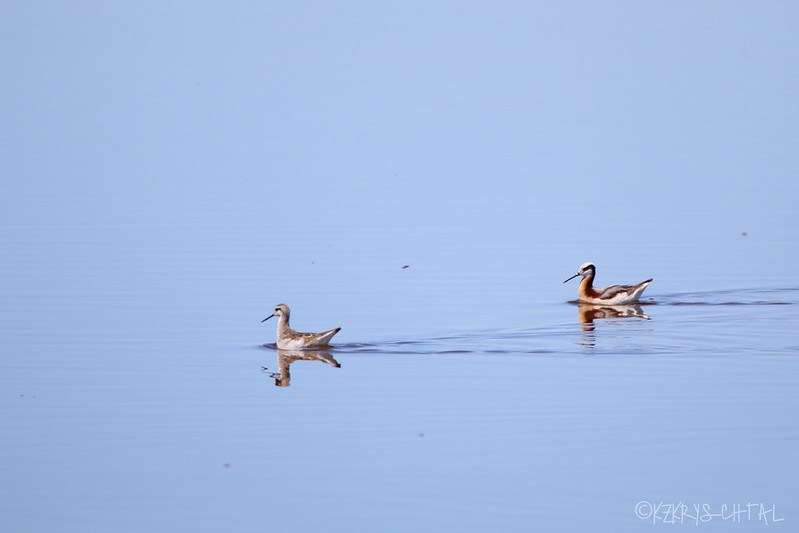 |
| Male and female Wilson's Phalaropes |
If you notice all the tiny, black specks in the two photos above - those are mosquitoes. About 87 billion of them. The rest of the 10 billion that were there were biting Mom, if she's to be believed. (Side note - in a pinch, hand sanitizer is great for itchy bug bites!)
And here is a shot of one of the Stilts:
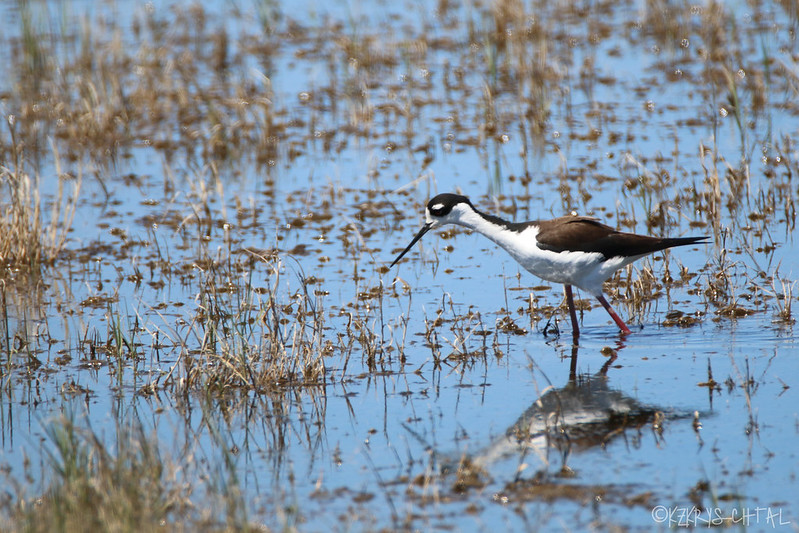 |
| Black-Necked Stilt |
Aren't his crazy-red legs cool? They have the second-longest legs in proportion to their bodies of any bird; flamingos are number one.
Our last shot for you is of a bird that is a "lifer" (first time ever seeing one) for Mom:
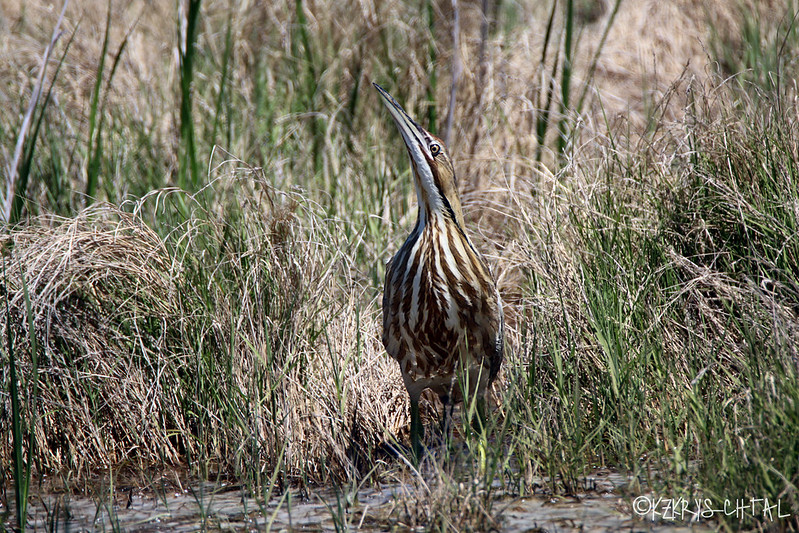 |
| American Bittern! |
They are a member of the heron family and are very elusive -- see how well-camouflaged he is in the grasses?!? Mom almost missed him!
We hope you enjoyed our birdie pictures! If you'd like to see more photos from this most recent trip, please
click here to visit our FlickR album (it's a 2-pager). Thanks for going birdie watching with us!
Yours sincerely,
Margaret Thatcher
